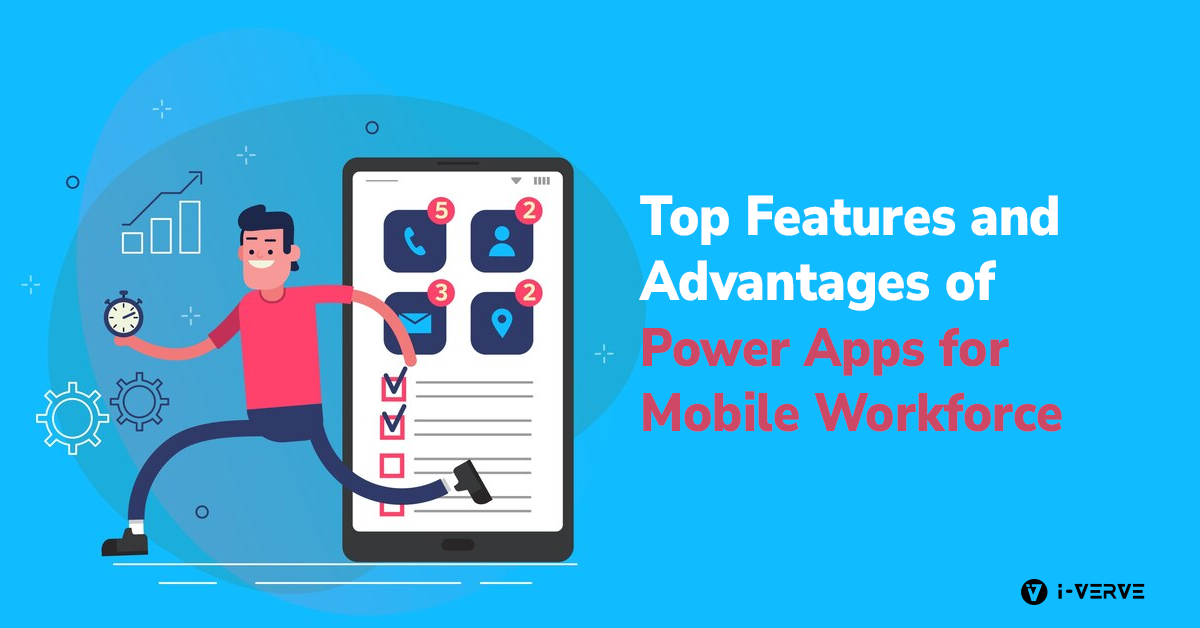Introduction
Integrating Power BI and Power Apps unlocks a seamless business solution, offering a unified approach to data analytics and application development. This powerful combination addresses business challenges, empowers users with actionable insights, and streamlines workflows. Explore the steps, best practices, and future trends in implementing this integration, paving the way for a unified business solution that drives success in today’s dynamic business landscape.
The Synergy of Power BI and Power Apps
The synergy of Power BI and Power Apps lies in their seamless integration, creating a robust ecosystem for data analytics and application development. Power BI excels in data visualization and analytics, generating meaningful insights, while Power Apps facilitates the creation of customized applications. Together, they empower businesses to harness real-time data insights within tailored applications, enabling informed decision-making, streamlined workflows, and a cohesive approach to addressing diverse business challenges. This synergy enhances overall efficiency and productivity, marking a transformative collaboration in the Microsoft ecosystem.
Addressing Business Challenges
Businesses encounter various challenges, including complex data analysis, custom application development, and the need for streamlined workflows. The integration of Power BI and Power Apps offers a comprehensive solution to tackle these issues. By combining the robust analytics capabilities of Power BI with the flexible application development features of Power Apps, organizations can create a unified system that addresses their specific challenges. This integration aims to enhance overall efficiency and productivity by providing a seamless solution for data-driven decision-making and optimized processes.
Objectives of the Blog
This blog aims to provide an in-depth understanding of Power BI and Power Apps, explore the benefits of their integration, guide readers through implementation steps, and discuss future trends in business solutions.
Understanding Power BI and Power Apps
Overview of Power BI
Power BI, as a potent business analytics tool, redefines data visualization for your business. It efficiently transforms raw data into insightful visualizations, fostering data-driven decision-making through interactive reports and dashboards.
Overview of Power Apps
Power Apps, on the other hand, empowers users to create custom applications without extensive coding. It fosters innovation by allowing businesses to tailor applications to specific needs.
The Power of Integration
Creating a Unified Data Ecosystem
Integrating Power BI and Power Apps involves establishing a cohesive data environment where both platforms seamlessly interact. By unifying data ecosystems, organizations ensure that information flows seamlessly between Power BI’s analytical capabilities and Power Apps’ application development features. This synergy enables users to leverage real-time insights generated by Power BI directly within Power Apps applications, fostering a more interconnected and data-driven business environment. This integration enhances decision-making by providing immediate access to relevant analytics within the context of application workflows.
Real-time Data Insights in Applications
The integration of Power BI and Power Apps brings real-time data insights into the realm of application development. It means that users engaging with the applications gain immediate access to dynamic and up-to-date analytics, enhancing their ability to make informed decisions. This real-time data integration within applications elevates user experiences, facilitates data-driven decision-making, and ensures that the information presented is always current and relevant.
Building Custom Applications with Power Apps
Tailoring Applications to Business Needs
Power Apps, in conjunction with Power BI, allows businesses to create custom applications tailored precisely to their unique requirements. This tailored approach ensures that the applications align closely with specific business processes, workflows, and objectives. Organizations can leverage the flexibility of Power Apps to design user interfaces, functionalities, and features that cater specifically to their industry, allowing for a more seamless and efficient integration of technology with their day-to-day operations.
Integration of Power BI Visualizations
One of the compelling aspects of integrating Power BI and Power Apps is the seamless integration of Power BI visualizations within custom applications. This synergy empowers users to incorporate dynamic and interactive data visualizations directly into their applications. Whether it’s charts, graphs, or dashboards, users can leverage Power BI’s rich visualizations to enhance the analytical capabilities of their Power Apps, providing stakeholders with real-time, data-driven insights within the context of their custom applications.
Enhancing Data-Driven Decision-Making
Empowering Users with Actionable Insights
The integration of Power BI and Power Apps empowers users by providing them with actionable insights directly within their applications. Users can seamlessly embed Power BI reports and dashboards into their Power Apps, offering a unified and contextualized experience. This integration allows for immediate access to real-time data, enabling users to make informed decisions, track key performance indicators, and derive meaningful insights without switching between separate tools. This user-centric approach fosters efficiency and enhances the overall decision-making process.
Streamlining Workflows
The integration of Power BI and Power Apps facilitates the seamless streamlining of workflows within an organization. By embedding Power BI visualizations directly into Power Apps, users can access relevant insights and analytics within the context of their daily tasks. This streamlined approach eliminates the need to switch between different applications, promoting efficiency and ensuring that decision-makers have immediate access to critical data. This integration enhances workflow efficiency, accelerates decision-making, and contributes to an overall improvement in organizational processes.
Implementation Steps
Assessing Business Needs
Before integrating Power BI and Power Apps, a thorough assessment of business needs is crucial. It involves identifying the specific challenges, objectives, and requirements within the organization. Stakeholders can optimize the leveraging of both these app solutions by understanding the unique demands of the business. This assessment phase lays the foundation for a tailored integration strategy, ensuring that the combined power of Power BI and Apps aligns seamlessly with the organization’s goals and operational dynamics.
Integration Steps and Best Practices
The integration of Power BI and Power Apps involves a systematic approach to ensure a seamless business solution. Best practices encompass establishing clear communication channels between the teams handling Power BI and Apps, implementing security measures, and optimizing performance for an efficient user experience. A detailed understanding of integration steps and adherence to best practices ensures a successful and effective integration that maximizes the benefits of both platforms.
Overcoming Challenges
Common Challenges in Integration
Integrating Power BI and Apps may encounter challenges such as data consistency issues, security concerns, and compatibility problems. Ensuring a seamless flow of data between the two platforms, maintaining data accuracy, and addressing potential conflicts during integration are common challenges. Security considerations involve safeguarding sensitive information and maintaining compliance.
Solutions and Workarounds
Businesses can address integration challenges between Power BI and Apps by implementing various solutions and workarounds. Establishing clear data governance policies helps address data consistency issues, ensuring data accuracy throughout the integration process. Robust security measures, such as role-based access controls, encryption, and compliance adherence, mitigate security concerns. Regularly updating and testing for compatibility ensures that changes in either platform are consistent with integration. Additionally, providing comprehensive training and support to users aids in the smooth transition to the integrated environment, fostering successful adoption.
Future Trends and Innovations
The Evolving Landscape of Business Solutions
The integration of Power BI and Apps propels businesses into an ever-evolving landscape of innovative solutions. As technology advances, these integrated tools continue to adapt, offering new features and functionalities. Keeping abreast of these changes ensures that businesses stay at the forefront of the latest developments. Furthermore, it will maximize the benefits of the unified Power Platform. The evolving landscape reflects a commitment to continuous improvement, aligning with broader industry trends and shaping the future of business solutions.
Preparing for Future Integrations
As technology evolves, businesses should proactively assess emerging trends. Moreover, considering potential advancements in data analytics and application development, and ensure their systems are adaptable. This preparation involves staying informed about updates from Microsoft, exploring new features, and fostering a culture of innovation. Furthermore, to integrate upcoming tools and technologies into the existing ecosystem seamlessly. This forward-thinking approach positions businesses to embrace future advancements and maintain a competitive edge in the dynamic landscape of integrated business solutions.
Conclusion
This integration empowers users with actionable insights, tailored applications, and streamlined workflows, fostering informed decision-making and improved operational efficiency. As organizations embrace this unified approach, they unlock new possibilities and enhance productivity. Moreover, they can position themselves for sustained success in the dynamic landscape of modern business. Our Power BI Development Services provide organizations with the expertise to leverage the integration of Power BI and Power Apps, culminating in a unified business solution.





